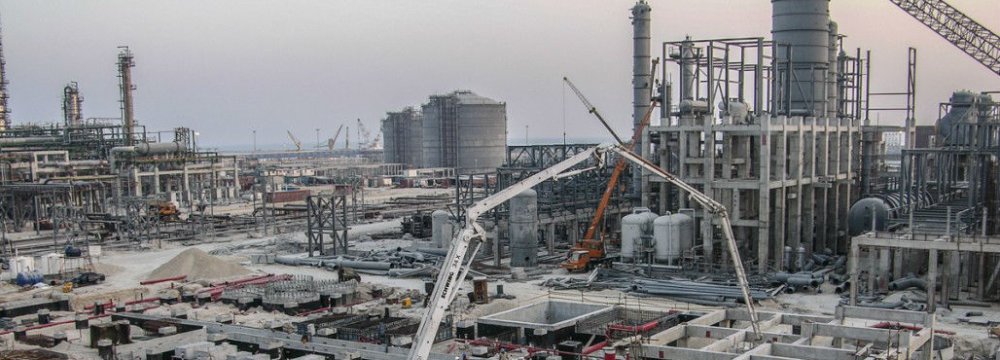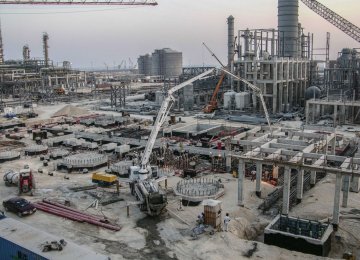Major western energy companies are in talks to invest in Iran's petrochemical projects based on current feedstock prices, Marzieh Shahdaei, the head of National Petrochemical Company said, signaling Tehran's reluctance to introduce an aggressive feedstock pricing strategy to shore up foreign investment.
"Shell and Total are ready to invest in the petrochemical industry with ethane at $240 (per ton). The problem is not feedstock pricing and investors will come up with current prices," Shahdaei said in a conference in Tehran on Wednesday, Shana reported.
She also said Indian investors have signaled their interest in petrochemical projects with a gas feedstock of 4 cents per cubic meter, or around half the current prices, but stressed that Iran is not going to offer its gas resources for cheap.
"Indians had asked for natural gas feedstock to be priced at 4-5 cents per cubic meter for urea and ammonia plants, but we refused," said the NPC chief.
"The Oil Ministry is not willing to undercut (feedstock prices) to attract foreign investment."
The NPC is Iran's top policy and decision-making company for the petrochemical sector, which operates under the auspices of the Oil Ministry.
However, some officials and analysts say Iran's feedstock pricing is not competitive to challenge rival producers in the region.
Rahim Sharif-Mousavi, the chief executive of Marun Petrochemical Co., said last week that Qatar and Saudi Arabia, which have joint oil and gas fields with Iran, offer ethane at $86 and $93 per ton respectively, or more than half of Iran's price.
Iran also uses a pricing formula for gas feedstock, based on which it offers gas to petrochemical plants at 8-9 cents. But according to reports, the average price of feedstock in Persian Gulf Arab countries is 6-8 cents.
"With current prices, building new petrochemical units is not feasible," Sharif-Mousavi said, according to Mehr News Agency.
"A $1 billion petrochemical complex, under the current prices of methane and ethane, is not economically viable and foreign firms won't be keen to invest."
Shahdaei told the same conference of plans to boost Iran's petrochemical output to three times the current level.
------- Petrochem Plans
"Our production capacity is 65 million tons a year, but it is planned to rise threefold over the next few years," she said.
In an international conference in Germany last month, Shahdaei said Iran's petrochemical sector, its most important industry after oil and gas, requires $72 billion in new investments.
According to government data, Iran exported nearly $13 billion worth of petrochemicals in the previous fiscal that ended in March.
Economists, academia and social scientists have for decades appealed to governments and policymakers to use the huge crude and natural gas reserves to produce quality petrochemicals with a higher value-added.
The calls are in line with the crucial need to strengthen and diversify the economy that is largely dependent on the vulnerable and unstable oil export revenues.











Add new comment
Read our comment policy before posting your viewpoints